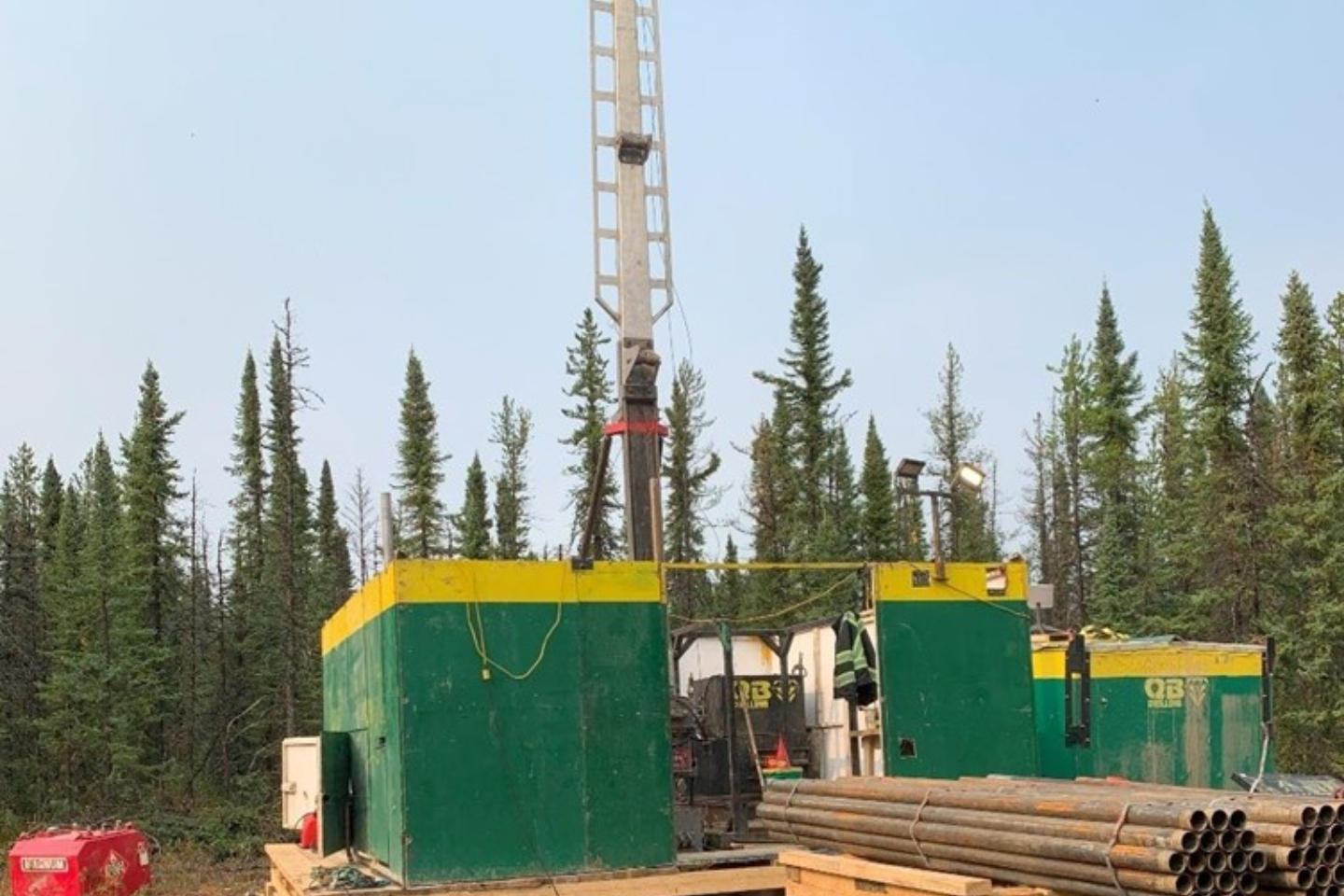Thunderbird Resources has kicked off its maiden drilling campaign for uranium in Canada’s world-renowned Athabasca Basin. The initial 2400m program will test five high-priority basement-hosted targets at the company’s flagship Hidden Bay project. Hidden Bay sits within 40km of two of the Athabasca’s – and consequently the world’s – most successful uranium mines, Cigar Lake and Rabbit Lake.

Thunderbird Resources has kicked off its maiden drilling campaign for uranium in Canada’s world-renowned Athabasca Basin.
The initial 2400m program will test five high-priority basement-hosted targets at the company’s flagship Hidden Bay project. Hidden Bay lies on the eastern edges of the Athabasca Basin – a geological nirvana with uranium mining history that stretches back for 60 years.
The project sits within 40km of two of the basin’s – and consequently the world’s – most successful uranium mines, Cigar Lake and Rabbit Lake.
Thunderbird’s proposed five-hole program is expected to focus on five gravity lows coinciding with interpreted uranium-rich, basin-margin, cross structures that can be caused by unconformity-related uranium host-rock alterations. The company is aiming to repeat recent modern day exploration success stories in the basin such as NexGen Energy’s Arrow project, which ran to a market cap of some C$5 billion (AU$5.46 billion) following its 2014 discovery.
The Athabasca Basin is well known as the world's leading source of high-grade uranium and currently supplies about 20 per cent of the global demand.
After uranium was discovered in the basin in the 1940s, mines began exploiting the deposits from the mid-70s. Rabbit Lake later became the longest-running mine in North America, operating for more than 41 years and producing more than 203 million pounds of uranium concentrates.
Hidden Bay is interpreted as resting in the same geological setting as Rabbit Lake, with the potential for both basement-hosted and unconformity-style uranium deposits that are defined as proximal to strong gravity lows.
The Athabasca Basin is also home to two of the world’s biggest and highest-grade uranium mines, Cameco’s McArthur River and the Cigar Lake uranium mine, which lies just 40km to Hidden Bay’s west. Cigar Lake contains a staggering total mineral reserve of 165.6 million pounds grading a whopping 15.9 per cent uranium oxide – a resource that grades some 100-times more than the world’s uranium average.
googletag.cmd.push(function() { googletag.display('bn-dfp-article-lb2-advert'); });Thunderbird Resources executive chairman George Bauk said: “We’re very excited to have drilling underway at Hidden Bay targeting a series of high-priority targets for uranium mineralisation. Results from the maiden drill program will provide valuable geological insights to the Project, with the potential to intersect part of a uranium mineralising system, from which we can then hopefully vector towards high-grade mineralisation.”
The company’s five Canadian uranium projects are scattered across the Athabasca Basin, with three of them being progressed through previously unused modern-day exploration techniques.
At the Surprise Creek play to the north-west of the basin, airborne geophysics is set to kick off over ground that has been untested for 50 years and returned an intercept running 2.1m at a cracking 4.37 per cent uranium from just 59m.
Thunderbird is also pushing on with its central Athabascan Cluff Lake project, which it says already has several potential advanced targets, with historic airborne gravity data and soil sampling already hinting at areas begging to be tested by the drill bit. The company is expecting results from a MobileMT survey at the project – a proven technique in identifying nearby deposits of the silvery-grey metal – to be returned in the next month to help guide a future planned drilling program.
Thunderbird is decidedly cashed up following a July capital raising as it enters a vital phase of its uranium exploration journey.
A 2400m drilling blitz targeting high-grade uranium discoveries in the globally-renowned Athabasca Basin is the sort of work that has historically spelled out the potential of valuation multiples not in the 10s, but in the 100s. As such, the next six-week program is likely to be watched closely by ASX punters.
Is your ASX-listed company doing something interesting? Contact: matt.birney@businessnews.com.au















